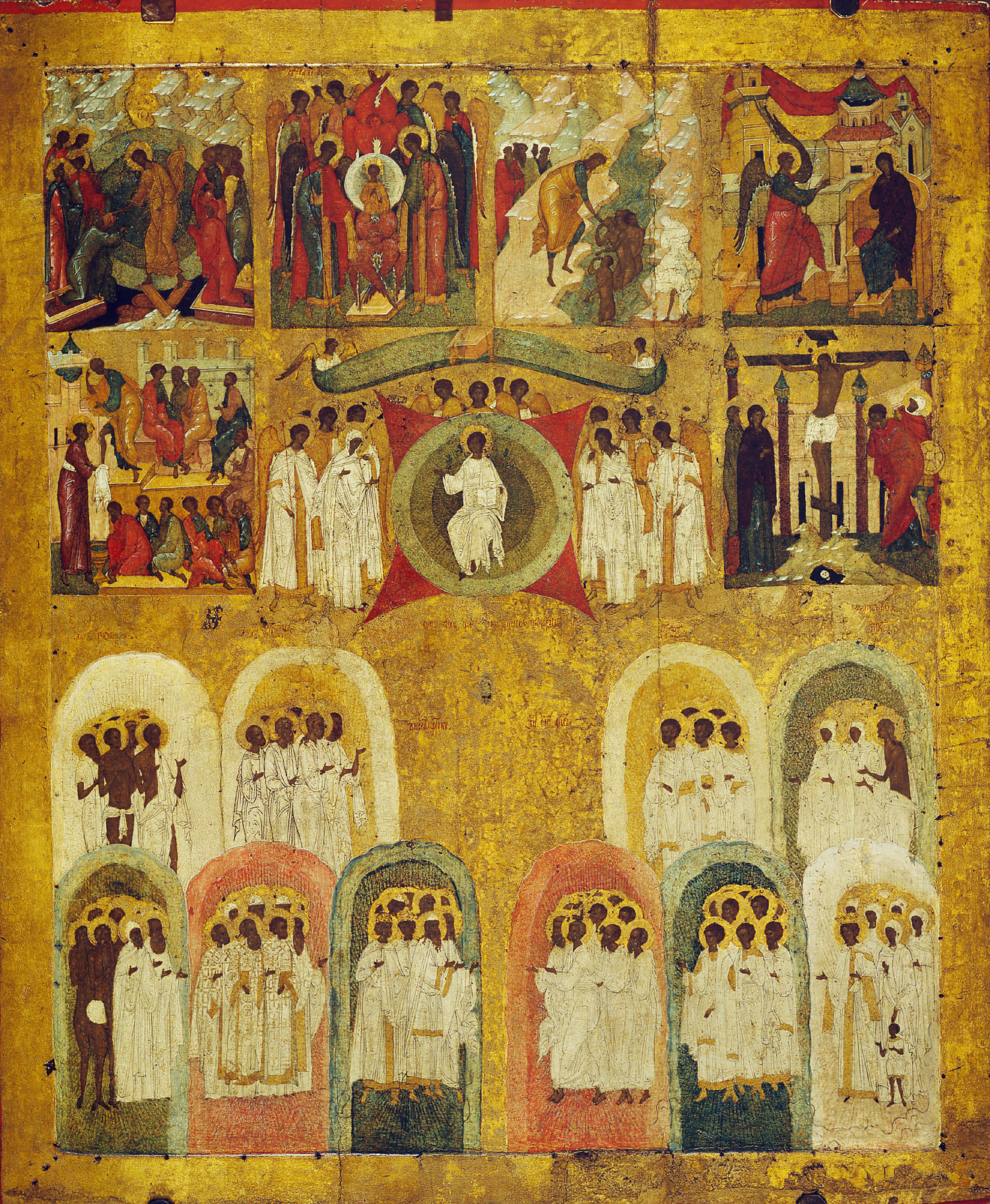We‟re used to marking our lives by the events during the year that give shape to our existence and of those around us. A birthday. An anniversary. A graduation. A death. Each of these celebrations helps us mark significant moments in time.
We record many of these meaningful moments in pictures, videos, greeting cards, letters and the such. And from time to time, we reminisce about the people and happenings recorded for posterity, bringing a smile to our faces when our memories fill our hearts with gladness, or bringing a tear to the eye when we recall the loss of a loved one.
The Liturgical Year has a similar purpose in that it brings us closer to God through the celebration of significant persons and events in salvation his-tory. Creation. The story of Adam and Eve. The Fall. Abraham, Isaac and Jacob. Moses. David and Goliath. John the Baptist and the Prophets. Jesus Christ, the Messiah – his birth, teachings, signs and miracles, crucifixion, death upon the cross, and resurrection. Mary, the Mother of God. The Apostles. The Evangelists. The Saints.
Each of these – and more – tells the beautiful story of how God draws near to his people, to you and me. And how we, in response, draw near to God.
The Liturgical Year, through the celebration of the various liturgical sea-sons of Great Lent, Easter, Pentecost, Christmas, Theophany, etc., is in-tended to transform our lives through grace, taking our rightful place in the Kingdom of God.
Therefore, the Liturgical Year is really a “love story” retold each year so that we may come to love the One who is Love, and to have life in abundance in God.
Discover the beauty of the Liturgical Year!
+David Motiuk, Eparchial Bishop of Edmonton




Recent Comments